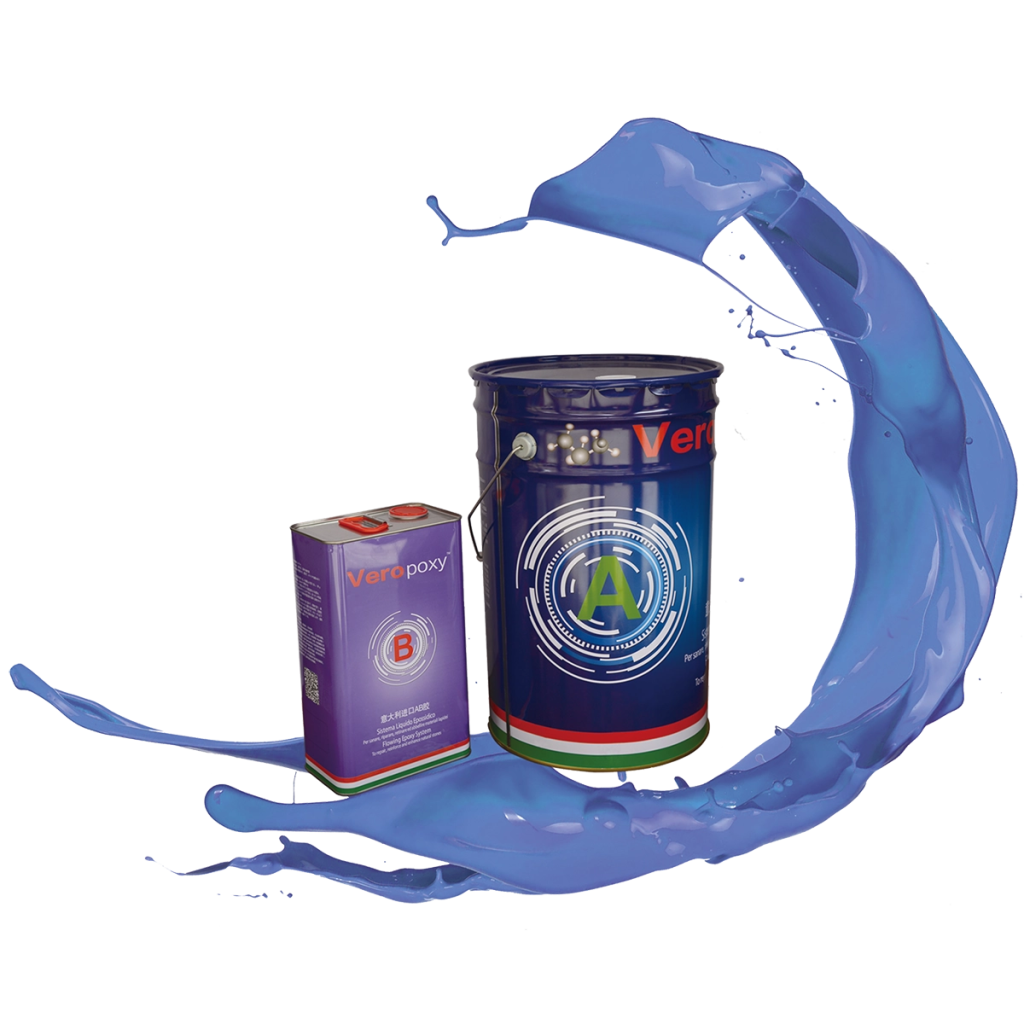Many homes and businesses feature the opulent and classic stone known as marble. Countertops, flooring, and other surfaces find it a common choice because of its grace and unusual veining. Marble does one drawback, though: it’s rather brittle and prone to chipping, breaking, and other kinds of damage. Luckily, epoxy resin is becoming rather common for marble repairs. Can it, however, really revive damaged marble? Let’s explore the uses, benefits, and when epoxy resin for marble is the best choice for marble repairs.

The Basics of Epoxy Resin and How It Works on Marble
Made from two main components—resin and a hardener—epoxy resin is a robust glue. These taken together produce a thick, viscous material that hardens with time. Because epoxy resin bonds effectively with stone surfaces, it is particularly helpful for marble and a perfect material for filling in cracks and even piece bonding.
Using epoxy resin is rather easy once mixed; it can be applied to a damaged area to fill in cracks, chips, and holes. Once the resin sets, it gets rather hard and offers a smooth, clear finish that usually fits very nicely with the natural look of the marble. This not only fixes the surface but also provides it with extra strength to stop problems downstream.
Benefits of Using Epoxy Resin for Marble Repairs
One of the main advantages of epoxy resin use for marble repairs is its flawless finish. Epoxy resin can be tinted to exactly match the marble’s colour, so virtually blending the repaired area with the original surface. For upscale marble with intricate veining and colour variances, this is particularly helpful.
Strength and Durability: Epoxy resin strengthens the marble so increasing its resistance to future damage, not only covers up flaws. When used correctly, epoxy resin for marble can create a strong bond that stops the crack from getting worse and supports daily wear and tear of the marble.
Marble’s natural porosity makes it susceptible to stains; but, once the damaged area is healed with epoxy resin, Marble gains water and stain resistance. For marble in kitchens and bathrooms especially, the resin creates a protective layer that keeps dirt and liquids from seeping into the surface.
Replacing marble can be rather costly, particularly if the damage is minor. A far more reasonably priced choice, epoxy resin for marble lets homeowners save money while still having a lovely, useful surface. By years without expensive replacements, a well-done epoxy repair can increase the lifetime of marble.
Applying epoxy resin to marble is a rather simple operation that one can accomplish without much tools or knowledge. Epoxy resin for marble repairs can be an interesting project with great results for do-it-yourselfers and a quick and easy method for professionals addressing typical marble damage.
What Epoxy Resin Can and Can’t Fix on Marble
Epoxy resin for marble has certain restrictions even if it is quite useful. Epoxy fixes minor holes, chips, and small to medium cracks quite nicely. Epoxy might not be sufficient, though, if the marble is broken into several pieces or suffers significant structural damage. Under such circumstances, you might have to think about replacing the damaged marble or see a professional.
Furthermore, even if epoxy produces a smooth finish, it could somewhat change the marble’s look. Though clear epoxy is usually invisible, the texture or shine may vary somewhat. This could be a consideration for very expensive marble when choosing whether or not to use epoxy resin for marble repairs.
How to Apply Epoxy Resin for Marble Repairs
Get the damaged area completely cleaned first. Use a mild cleaner and let the surface dry totally to avoid the epoxy from bonding correctly by dust, dirt, and oils.
Mix the resin and hardener under close attention to the package directions. Some epoxies come in pre-measured containers, which simplifies the ratio-achievability.
Apply the epoxy over the damaged section with a small brush or applicator. If you are filling a crack, ensure the epoxy gets right down. For chips, use a lot to guarantee whole coverage.
Once the epoxy is laid on, let it cure for the advised period—usually 24 hours. Steer clear of touching or moving the marble during this period since this will throw off the curing process.
Sand and polish the epoxy’s surface to match the original finish once it has set. This stage can make the repair almost invisible, so blending it perfectly with the rest of the surface.

Epoxy Resin For Marble
For many common varieties of marble damage, epoxy resin is a flexible and powerful fix. Epoxy resin for marble will help your marble surfaces return to their natural beauty whether your damage is minor surface imperfection, chipped corner, or small crack. Epoxy resin lets marble stay beautiful even with daily use by providing strength, stain resistance, and almost undetectable finish. Epoxy resin is a great tool to have in your repair tool set for anyone wishing to keep their marble without paying for a full replacement.
Post time: 11 月-08-2024

